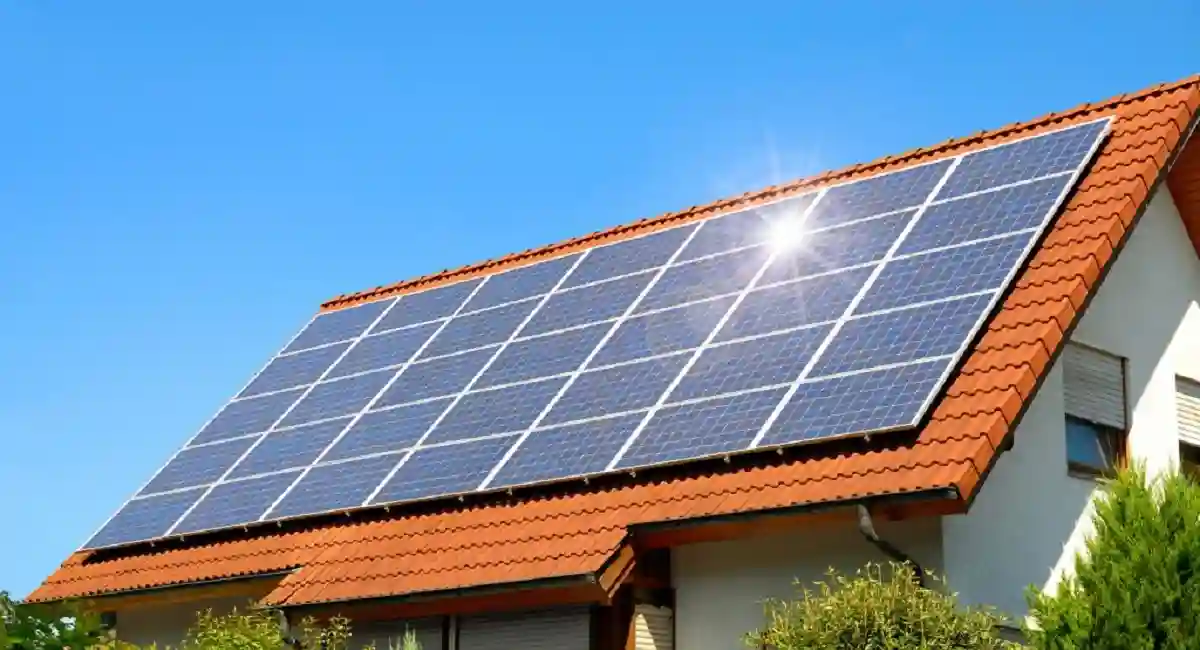The Zimbabwe Electricity Transmission and Distribution Company (ZETDC), a subsidiary of the country’s power utility ZESA Holdings, has called on its customers with solar systems to consider exporting their excess energy into the grid through net metering.
This appeal comes at a time when Zimbabwe is experiencing a serious power crisis, with depressed generation at the country’s major power stations – Kariba and Hwange.
Kariba South Power Station, with an installed capacity of 1,050MW, is currently producing only 292MW due to low water levels at Lake Kariba.
Hwange Power Station’s ageing Units 1 to 6 are generating a fraction of their capacity, leaving the newly commissioned Units 7 and 8 to produce the bulk of the country’s locally-generated electricity.
On July 20th, the Zimbabwe Power Company (ZPC), another ZESA Holdings subsidiary, reported that the total generation from Hwange Power Station was 979MW, while Kariba contributed 292MW.
In its statement, ZETDC urged customers with solar systems on their premises to contact its Client Service Centre or dial 704 to get more information on the net metering programme. ZETDC said:
Zimbabwe is facing depressed power generation due to low water levels at Kariba Power Station.
Customers with solar systems are encouraged to export the excess energy into the grid through Net Metering.Find out more about Net Metering at your nearest ZETDC Client Service Centre or dial 704.
Net metering is a policy that allows customers who generate their electricity from solar or other renewable energy sources to feed the excess electricity they generate back into the grid and receive credits on their electricity bills.
Here’s how net metering typically works:
- The customer installs a renewable energy system, such as solar panels, that is connected to the local utility’s electrical grid.
- When the customer’s renewable energy system generates more electricity than the customer is using, the excess electricity is sent back into the utility’s grid. Conversely, when the customer’s electricity needs exceed the amount being generated, the customer draws electricity from the grid.
- The utility tracks both the electricity the customer draws from the grid and the excess electricity the customer sends back to the grid. The difference between these two amounts is the customer’s “net” electricity usage, which is what the customer is billed for.
- For the excess electricity the customer sends to the grid, the utility provides the customer with a credit on their electricity bill, usually at the full retail rate. These credits can then be used to offset the customer’s electricity costs when they are drawing from the grid.
The goal of net metering is to support the growth of distributed renewable energy generation and reduce the strain on the electrical grid by empowering customers to generate their own clean electricity.
More: Pindula News

